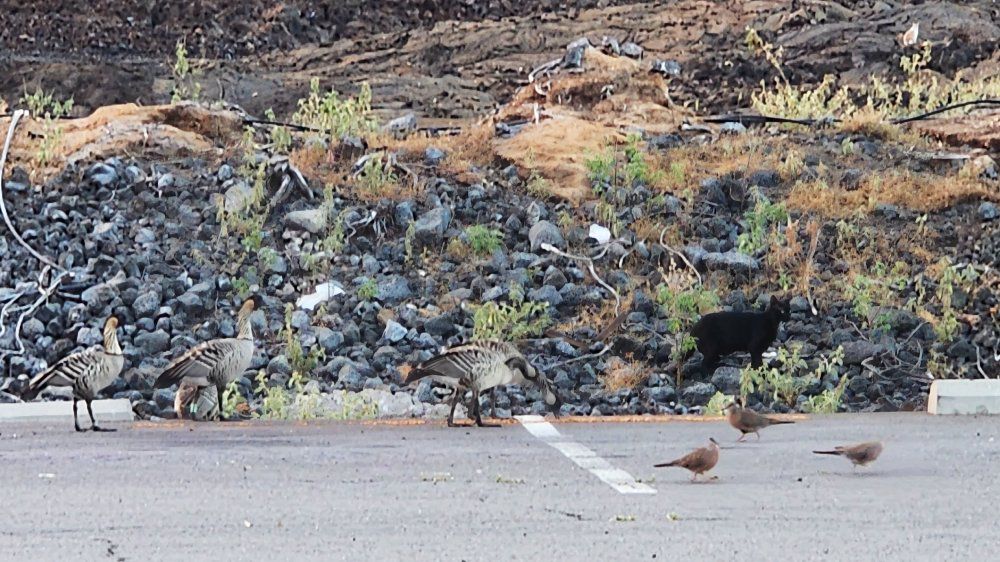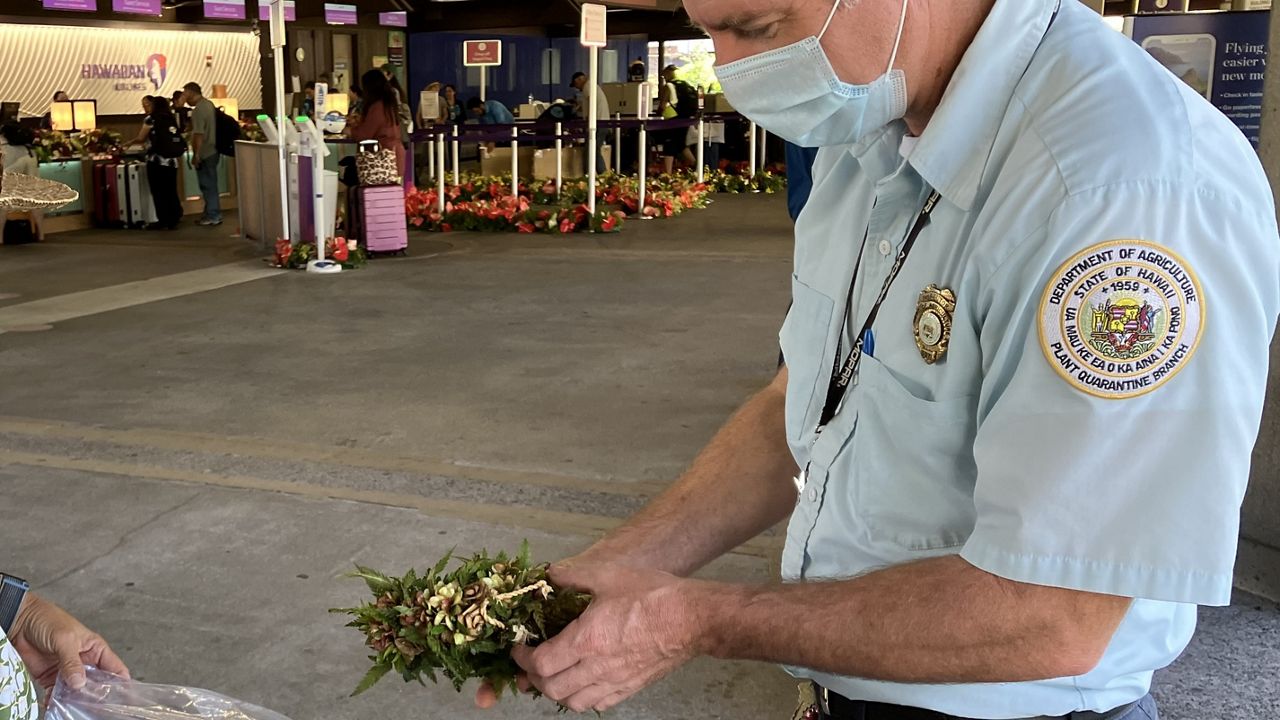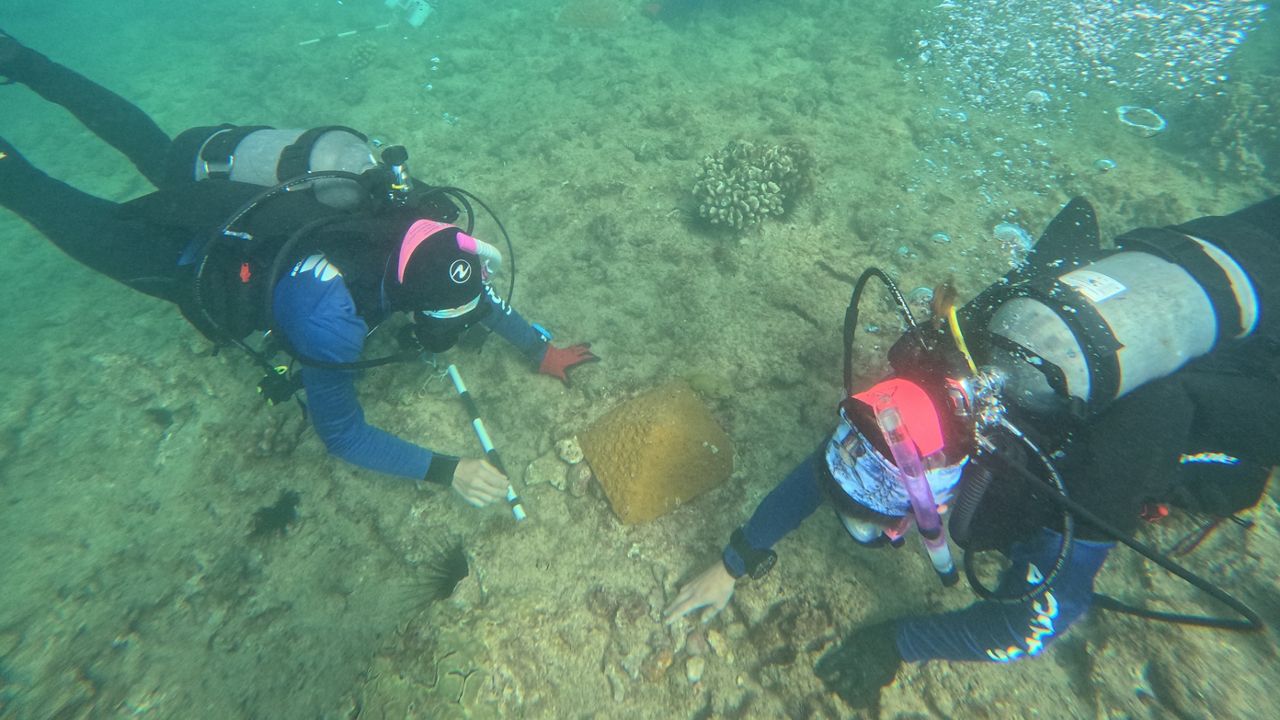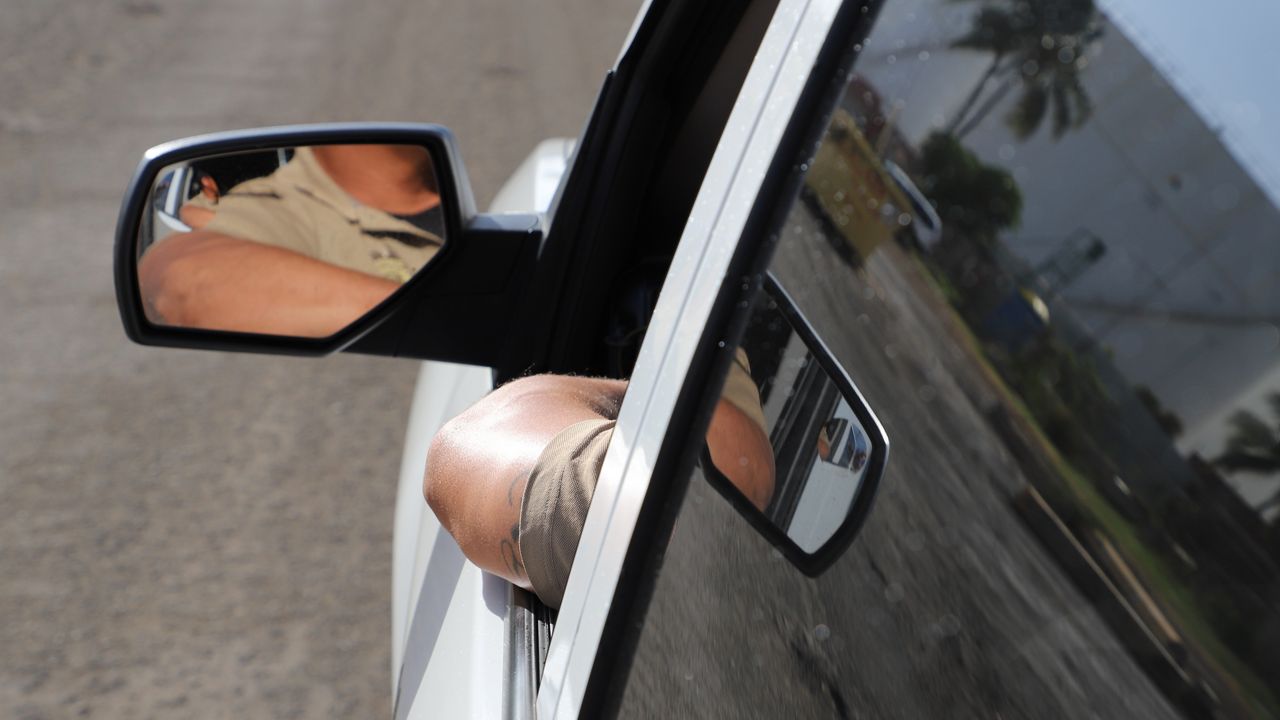HONOLULU — The Department of Land and Natural Resources is distributing a flyer starting in the Waikoloa area of Hawaii Island with the message to protect native wildlife “by keeping them wild.”
The flyer shares the message of native species existing in the Hawaiian Islands before humans with most found nowhere else in the world. “Many are threatened or endangered due to predation, disease and habitat loss. This is their home, to which we are recent arrivals,” states the flyer.
In mid-April, the DLNR requested Queens’ Marketplace to remove cat-feeding stations from its back parking lot because it not only attracted a feral cat colony, but nene as well, putting them in danger of being hit by vehicles, contracting the deadly toxoplasmosis carried by cats and habituating them to being fed and changing their natural foraging behavior.
Toxoplasmosis is also deadly for monk seals and the alala (Hawaiian crow).
Soon after DLNR made the request, a group of cat lovers held a protest in the parking lot during which officers from the DLNR Division of Conservation and Resources cited two women for feeding the cats.
The nene is protected as an endangered species under state law and as a threatened species under federal law. Attracting them with food, regardless of the intent, is illegal, according to the DLNR news release.
“The flyer is intended to provide accurate and current information about protecting native animals, including the nene; this is the department’s mission,” said DLNR Chair Dawn Chang in the release. “We hope this information will provide everyone a better understanding and appreciation for why cat feeding boxes can harm nene.
“Once it has been made abundantly clear that the continued feeding of feral cats in places where nene are present is a violation of the law, appropriate enforcement action may be taken. We are required by law to protect native species,” said Chang.
Dr. Josh Atwood of the DLNR Division of Forestry and Wildlife has had lots of experience dealing with the feral cat situation statewide. Atwood created the flyers.
“We understand that people love cats, but we hope that they might also find love for the native Hawaiian animals that make this place special,” said Atwood. “We ask people to remember that Hawaii isn’t the mainland. We have some of the highest rates of extinction and more endangered species than any other state. Community members who choose not to feed feral cats are also choosing to protect our native Hawaiian animals.”
With the words, “Protecting Hawaiian species is our shared kuleana,” the flyer provides tips on how residents can help to protect wildlife.
Know your neighbors, whether they are nene, aeo (the black and white Hawaiian stilt), io (Hawaiian hawk) or ilioholoikauaua (Hawaiian monk seal).
Don’t feed wildlife and don’t leave food for other animals.
Landowners can help by knowing the law. Endangered species on privately owned land are still protected under the law.
Respect native species by giving aloha from a distance. If you see someone harassing native species, call 808-643-3567 or submit a report on the DLNRTip app.
By distributing the flyers, the DLNR hopes landowners and community members statewide will fully embrace protecting native species.
Sarah Yamanaka covers events, environmental and community news for Spectrum News Hawaii. She can be reached at sarah.yamanaka@charter.com.









